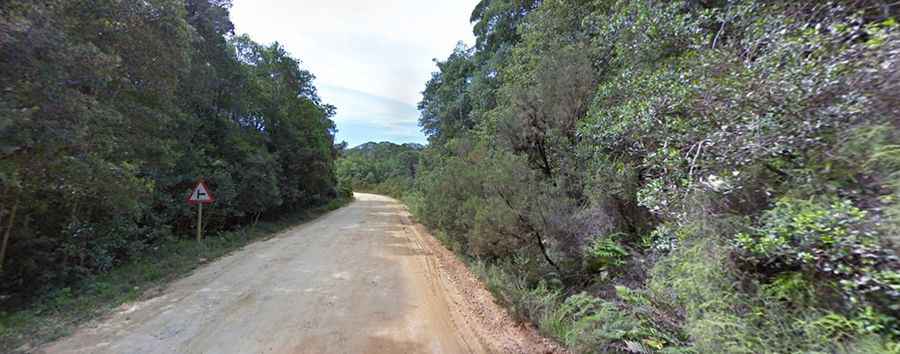Travel guide to the top of Prince Alfred Pass in SA
Prince Alfred's Pass is a mountain pass at an elevation of 1,040m (3,412ft) above sea level, located in South Africa.

Where is Prince Alfred's Pass?
The pass is located in the Western Cape province of South Africa within the Langkloof Mountains.
Who built Prince Alfred Pass?
The winding road was built by Thomas Charles John Bain between 1860 and 1867 with the help of 250 convicts. He constructed 29 passes mainly in the Cape colony in his lifetime. This is not a quick drive; it is best and most enjoyable to take it slow.
How long is Prince Alfred Pass?
The pass is 68.1 km (42.31 miles) long, running south to north from Knysna to Uniondale, in the Little Karoo. The road is called R339. The road cuts through dense forest and climbs 700 meters in just 14 kilometers. You will be driving through gorges, mountains up and down, passing forgotten valleys, and lonely houses. Don't expect to complete the pass in under 2 hours.
Is Prince Alfred Pass tarred?
The road is corrugated with potholes. A high ground clearance 4x4 vehicle is recommended, or at minimum, a vehicle with high ground clearance. The pass is full of hairpin bends, and for hair-raising moments, it narrows to a single lane in places. It is also, for rather obvious reasons, not a road you travel just after heavy rains. Avoid the route when it's raining. And you might want to think rather seriously about attempting it with a trailer or caravan. There is no mobile phone reception on the pass. There are no banks or petrol stations, so fill up your tank and your wallet at Uniondale before transiting the pass.
What condition is Prince Alfred Pass?
It's said to be one of the most beautiful passes in South Africa. Not for the faint-hearted as there are many blind corners and hairpins with extreme drops. Always drive at a safe speed; remember, it is a gravel road, so travel slowly. Descending traffic stops for oncoming traffic. Look out for dust from approaching traffic. Hoot on sharp bends. No caravans or quad bikes are allowed. The view at times is stunning, and the vegetation and forests alone make the trip a worthwhile experience. In some areas, the surface of the road is eroded, and there are potholes along the way. Max speed is 40km/h, but usually about 25km/h.